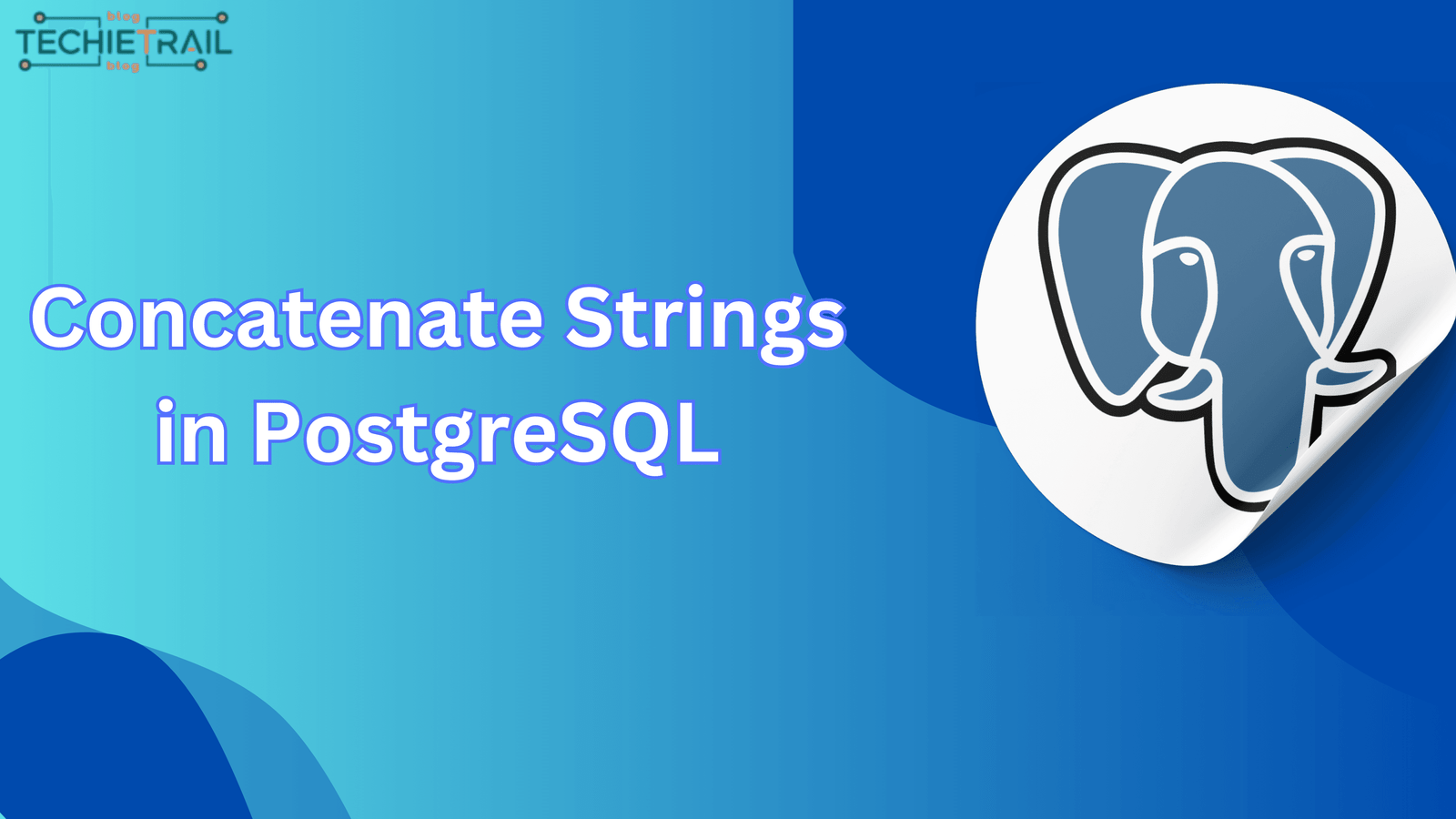This is a detailed introductory article for PostgreSQL database management system, will learn all the features and advantages of PostgreSQL also will learn why this database is getting popular day by day among other RDMS (relational database management systems)
History of PostgreSQL:
PostgreSQL, commonly called Post-GRES, is an open-source database developed by Michael Stonebraker of the University of California. It was originally named the Ingres Project and is now known as PostgreSQL. Michael started a project with the name Post-Ingres in 1985 to address the problems with contemporary database systems. He was awarded the Turing Award in 2014 for this and other projects and techniques pioneered in them.
The revamped PostgreSQL project focused on introducing only the essential features required to fully support data types, including the capability to define custom types and comprehensively describe relationships – something used widely, but maintained fully by end-users. Postgres used various unique ideas of Ingres but not the source code, Postgres had its unique source code.
In 1996, the project was renamed PostgreSQL to highlight its enhanced support for SQL. The initial version of PostgreSQL was built to run only on Unix-like platforms. However, later versions evolved to support other platforms such as Mac OS X, Solaris, and Windows.
What is PostgreSQL?
PostgreSQL supports both non-relational and relational data types unlike other RDMBS (Relational Database Management Systems). PostgreSQL is open-source, meaning its source code is freely available under the PostgreSQL license, a permissive open-source license. PostgreSQL is one of the most compliant, stable, and mature relational databases.
Why PostgreSQL is best for you?
PostgreSQL is best for you because of its reliable and user-friendly features which are listed below.
- User-defined types: You can create custom data types to meet specific needs.
- Table inheritance: Allows tables to inherit properties from other tables.
- Sophisticated locking mechanism: Ensures data safety during concurrent access.
- Foreign key referential integrity: Maintains relationships between tables to prevent invalid data.
- Views, rules, subquery: Offers flexible ways to manage and query data.
- Nested transactions (savepoints): Lets you handle errors by rolling back parts of a transaction.
- Multi-version concurrency control (MVCC): Ensures smooth performance for multiple users accessing the database simultaneously.
- Asynchronous replication: Copies data to other servers without slowing down operations.
- Native Microsoft Windows Server version: Works seamlessly on Windows systems.
- Tablespaces: Allows organizing data across different storage locations.
- Point-in-time recovery: Restores the database to a specific moment, preventing data loss.
Unique features of PostgreSQL:
- Below is the list of unique features of PostgreSQL which makes PostgreSQL Extraordinary among other DBMS.
- PostgreSQL pioneered the multi-version concurrency control (MVCC) feature.
- The user can add custom functions (written in C/C++, Python, Java, etc) in PostgreSQL.
- PostgreSQL is extensible, meaning you can define your own data types, your own index types, your own functional languages, and more.
- The system will satisfy everyone, if someone wants to remove any part, they can always write a custom plugin to cover their needs as well.
You can also read : Top 5+ Ways to Concatenate Strings in PostgreSQL
What are the use cases for PostgreSQL:
PostgreSQL serves as the primary database for various applications, and its numerous extensions enable support for hundreds of use cases. Here are some of the most common ones:
General purpose OLTP database
PostgreSQL has outstanding online transaction processing capabilities (OLTP) because you can configure it for automatic failover and full redundancy. PostgreSQL is used by many financial institutions, startups and large enterprises as their primary data store to support their products.
Geospatial database
When combined with the PostGIS extension, PostgreSQL can handle geographic objects, enabling it to function as a geospatial data store for location-based services and geographic information systems (GIS). Federated database
Dynamic websites and apps
LAMP stands for four technologies: the Linux operating system, Apache web server, MySQL database server, and PHP programming language. This stack is commonly used by developers to create, host, and manage web applications. When PostgreSQL replaces MySQL, it forms the LAPP stack, allowing you to run dynamic websites and applications using Linux, Apache, PostgreSQL, and PHP/Python/Perl.


